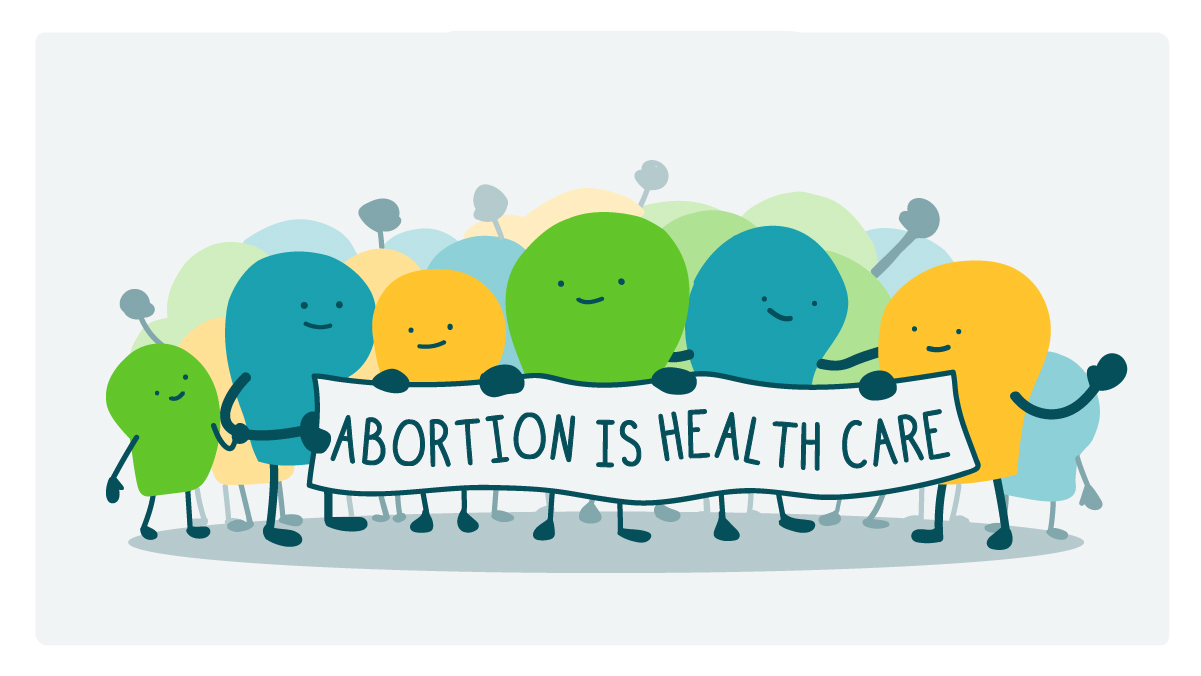
If there was ever a health issue that’s divided our country, it’s abortion. And it’s been top of mind here at We ❤️ Health Literacy HQ since we learned last week that Texas passed one of the most restrictive abortion laws in recent history. The new law makes abortion illegal before many people even know they’re pregnant. And as if that wasn’t bad enough, it doesn’t make exceptions for pregnancies resulting from rape or incest.
As health communicators, it’s more important than ever that we provide clear, non-judgmental information about abortion. Let’s start with some basics:
- Abortion is safe. Many studies have shown that all types of abortion are safe and effective.
- Abortion is very common. In fact, about 1 in 4 women in the United States will have an abortion by the time they’re age 45.
- Abortion is a personal decision. There are lots of reasons a person might decide to get an abortion — and they’re all valid.
- Abortion is essential health care. Abortion is a medical decision. And don’t just take our word for it — the American College of Obstetricians and Gynecologists, the National Health Law Program, Amnesty International, and other organizations say so, too.
But if abortion is safe, common, and essential, why is it so dang political? In recent years, states have passed all kinds of laws making it harder to get an abortion — regulating when you can have one, why you can have one, where you can have one, what kind of health care provider you see… the list goes on. And we know that abortion restrictions disproportionately affect people of color, people in rural communities, undocumented immigrants, and young adults.
So what’s a health communicator to do? While there’s no magic bullet for communicating about abortion, here are some general tips:
- When in doubt, go back to basics. We can’t say it enough: abortion is safe, common, and essential health care. We give you permission to shout it from the rooftops, even!
- Check your assumptions. Be careful not to draw your own conclusions about why someone might choose to have an abortion — or how they feel about it.
- Be intentional about the language you use. Watch out for value-laden terms — and consider the implications when choosing words like “baby” or “fetus.”
- Aim for inclusion. All kinds of people access abortion care — including people of different ages, people who are already parents, people from different cultural backgrounds, and transgender and nonbinary people. Make sure the language you use is inviting and inclusive to all.
The bottom line: Abortion is safe, common, and essential health care. Using fact-based inclusive, non-judgmental messaging can go a long way toward erasing abortion stigma.
Browse recent posts